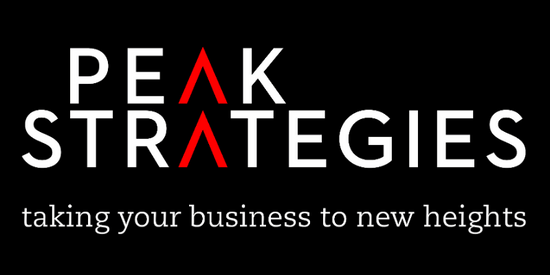What you can Measure you can Manage?
I previously wrote about the importance of good accurate data and how your business decisions will be improved as a result. With good data we then have an ability to make informed decisions based less on emotion and more on raw data. Let us now extend on that a little further.
With these decisions, it is not simply “lets make a decision to do this” and that is it. It needs to be planned out and measured. It needs a strategy. It needs implementation. But importantly, it needs constant follow up to see if the strategy has been successful. And like any plan it will take a course and will need constant adjustment and realignment.
To ensure your management decisions are firstly effective, and secondly successfully implemented, you need to have regular quantitative targets set that are measurable. As I have said, the best decisions get made on good data. We need to avoid the emotional based responses. Breaking the strategy down into measurable components allows us to track the success or otherwise.
To measure the success/failure of a strategy, you need to determine the key indicators that will give you a good understanding of your decisions impact. If you can measure it, then you can manage it. Good data, accurate data with key measurable indicators then allow you to monitor the ongoing success of your strategy, and allows you to refine the strategy to ensure the KPI’s reach the targets you have set.
For example, a while ago a client wanted greater control over stock levels and stock purchasing, with a view to getting stock turnover up and improve cash flow. So as part of the annual budgeting and forecasting process we do for them we introduced a monthly stock purchasing budget that then links to a defined range of stock turnover targets. The client and the store manager now use’s those budget. So as you can see, the decision was to improve cash flow and manage stock levels better. The data we needed to measure was monthly stock purchasing levels and stock turnover rates. Now as each month goes by we can measure stock levels, stock purchase levels and stock turnover rates and make the necessary decisions each month to aligned the data to our targets.
What you can measure, you can manage. Good data, good decisions.

